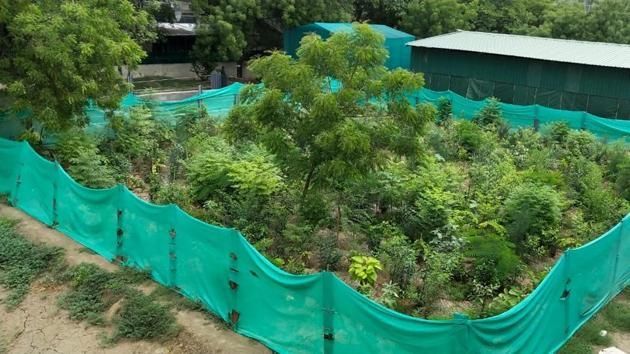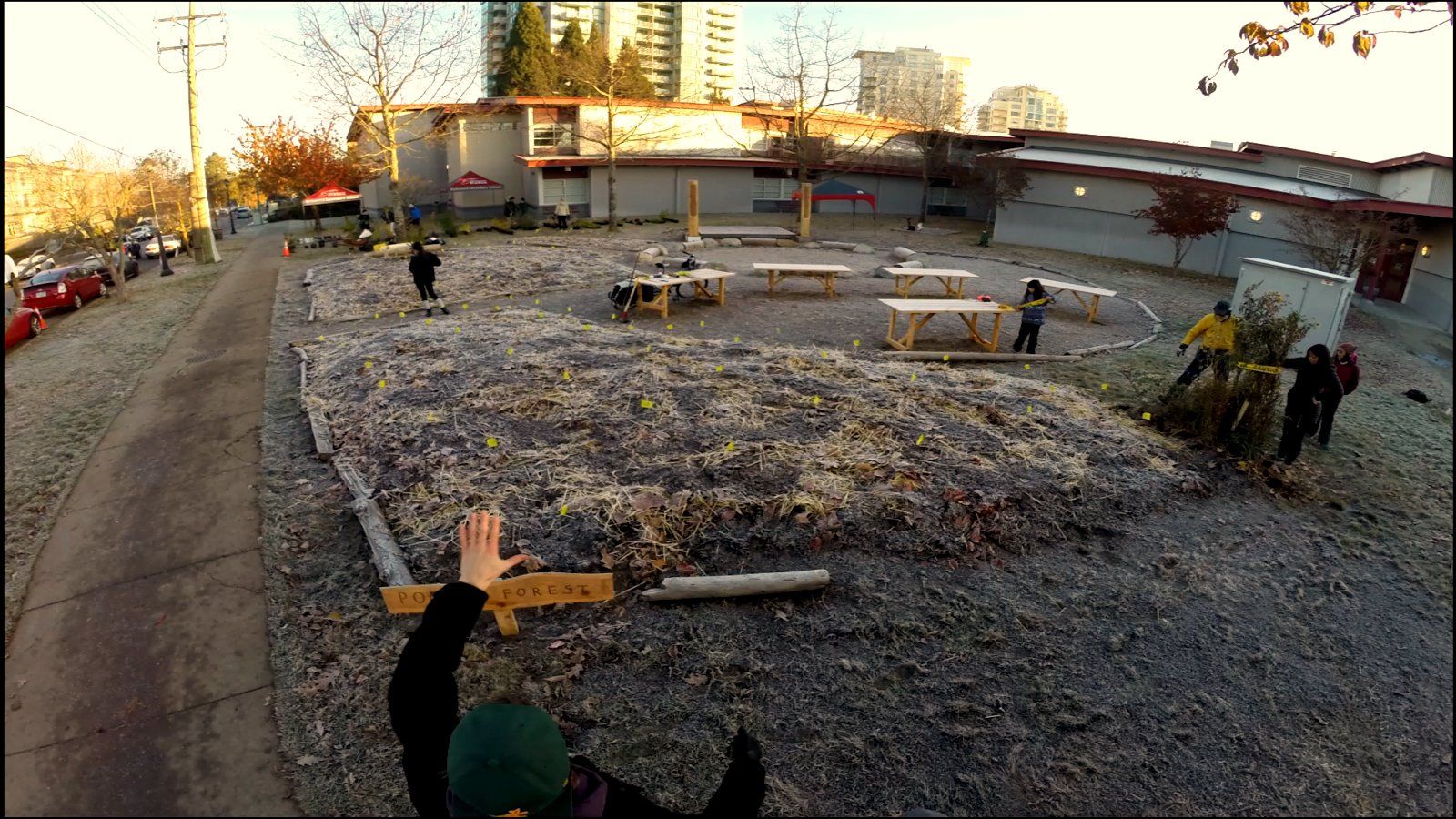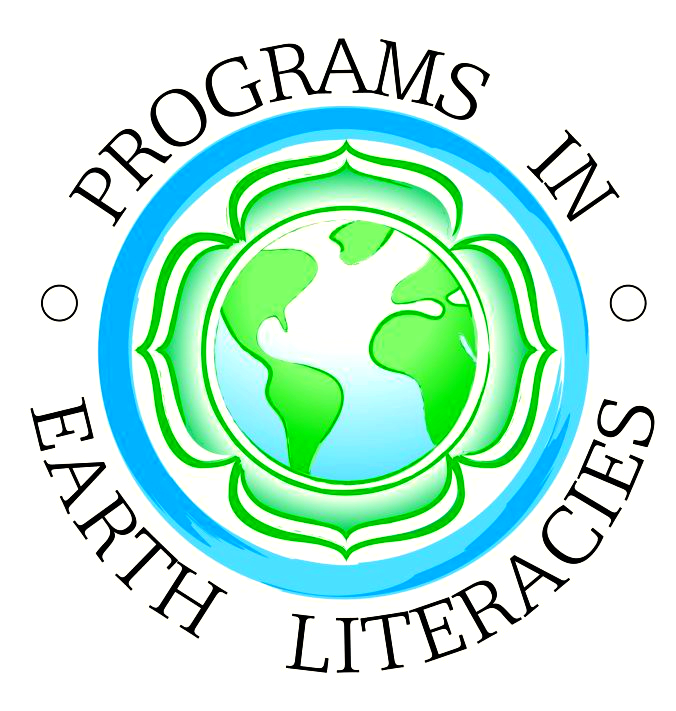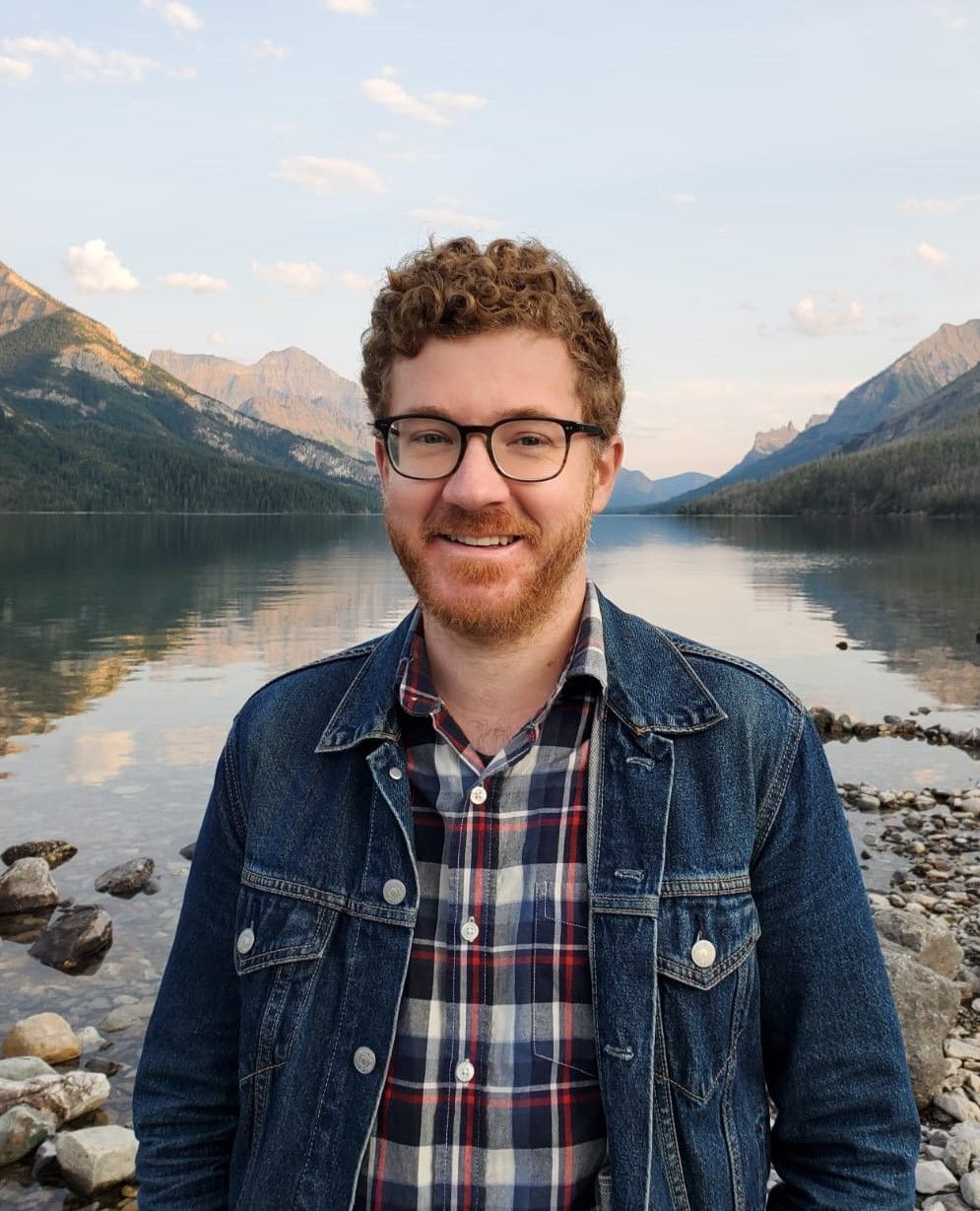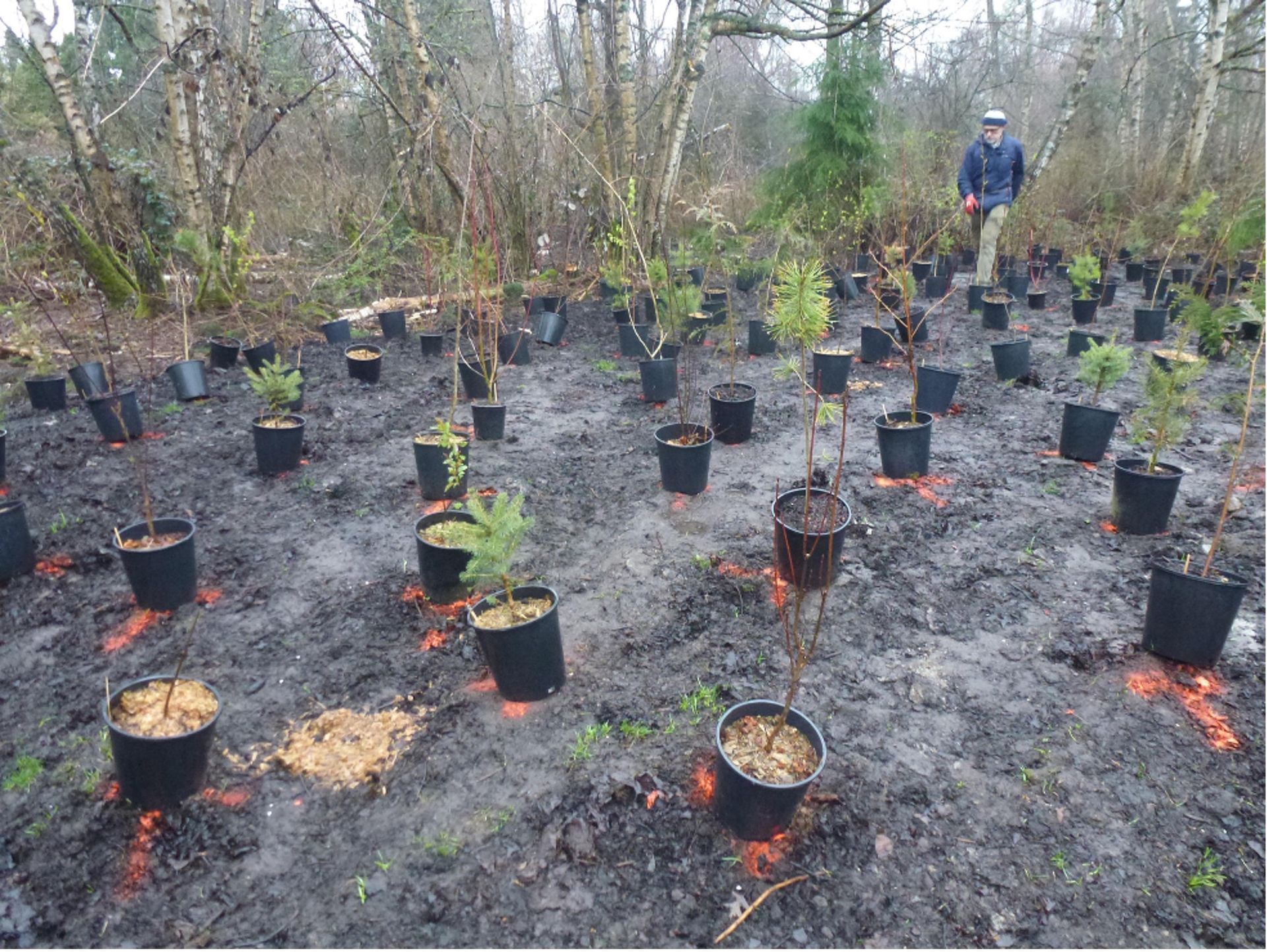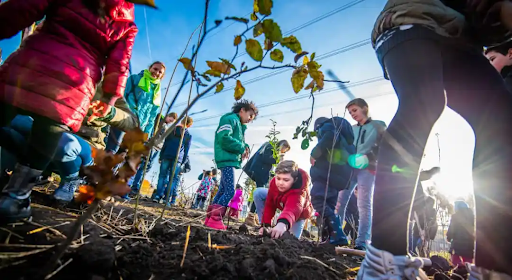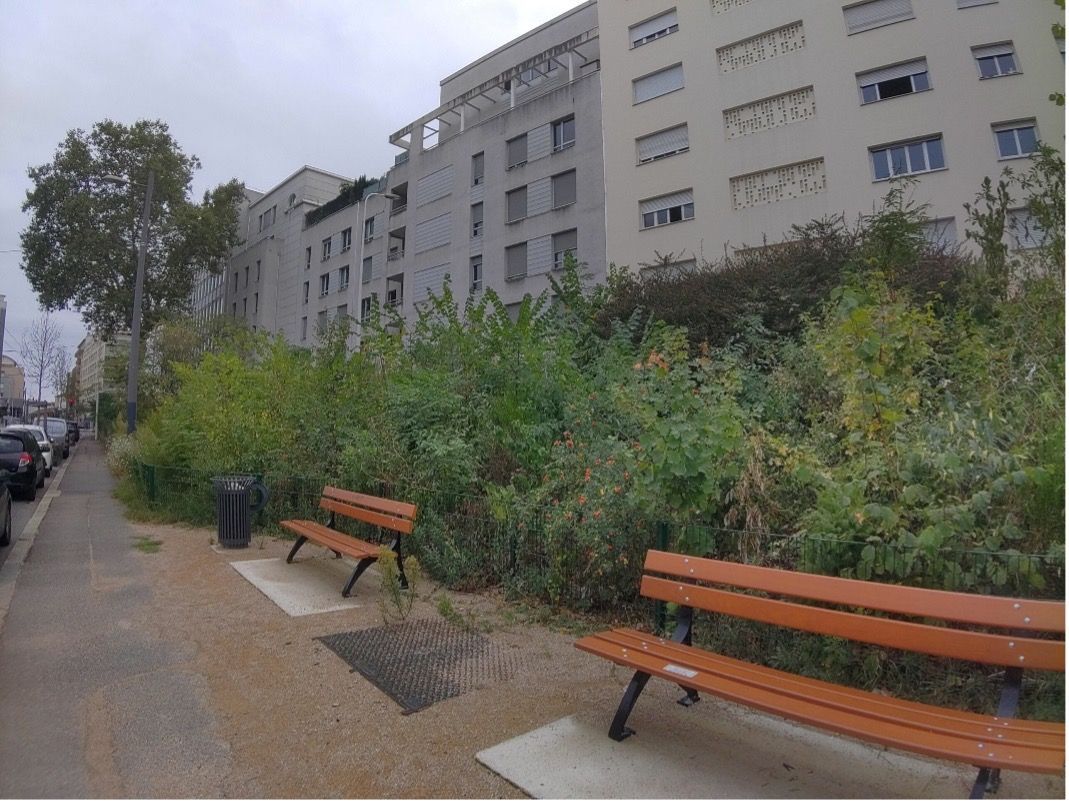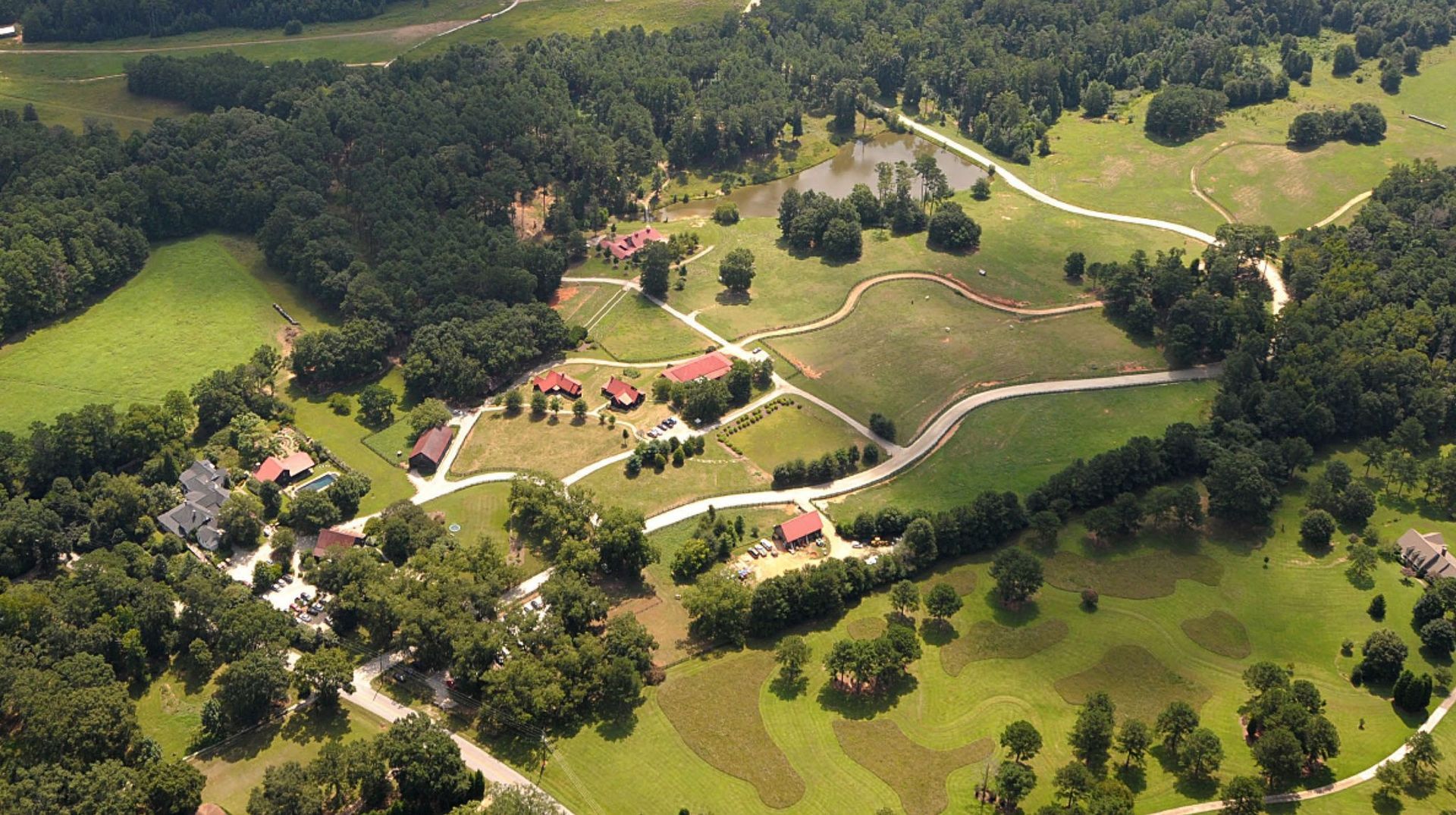Bio: Sean Steele is a writer, educator, musician, and academic. He holds an MA in the humanities from York University and a BA in philosophy and history from Concordia University. He is currently writing a PhD thesis that explores the emergence of the sacred within the context of secular music festivals. His scholarly writing has appeared in Arts and Humanities in Higher Education, The American Studies Journal, and The Journal of Unschooling and Alternative Learning. Sean works as the research lead for Seedlings Forest Education, an organization that provides outdoor educational programs for children. He is an outdoor enthusiast who loves to camp, hike and climb in the forests and mountains of Vancouver Island.
Canadian Geographic - Journeying into Miyawaki Forests - Blog Post 6
A new Earth Stories Blog exploring Miyawaki Forests
Blog Post #6 with Outdoor Educator Sean Steele
On January 3rd of this year, Canadian Geographic published a short article about a series of mini-forests that were planted across the country in 2023. These projects are part of a national pilot project, organized by Green Communities Canada, to plant mini-forests in and around Canadian cities. The mini-forests on this map are part of a series of ongoing and future projects eligible for funding through the Living Cities Canada Fund Demonstration Steam to design, plan, plant, and nurture new urban green spaces.
The article features a map that points out where each of these forests are located, with additional information and photographs taken at each of the respective planting day events. As the article states, “Six new mini forests were planted in cities across Canada in 2023 as part of a national pilot project to combat biodiversity loss and create new green spaces in urban areas — and the work is just beginning” (Canadian Geographic). Here’s an image of the interactive map, which visually highlights how these projects represent the tip of the iceberg:
Five of the six mini-forests have been planted in Southern Ontario, and one in Richmond, BC. I wanted to focus on this map (see image above), and the ongoing work of Green Communities Canada, because I find these projects inspiring. As a staunch optimist, I see this largely blank map in a positive light – as a space of pure potential. I envision yellow markers popping up in and around every urban environment in Canada from St. John’s to Whitehorse. My optimism is buoyed by the fact that these are far from the only mini-forests that have been planted across Canada in the past several years. These are just the ones funded by this national pilot project.
The sole mini-forest outside Ontario was planted in Terra Nova Rural Park in Richmond, the same Lower Mainland city where members of Earth Literacies volunteered to help plant a Miyawaki forest on the grounds of Richmond Secondary School. The result is that two mini-forests have sprung up 6 kilometres from each other.
To me, this signals the beginning of an ever-growing network of green spaces created by teams of organizers, community workers, and volunteers. Eventually, I envision this map populated with markers that not only indicate new mini-forests but also advertise upcoming projects in need of volunteers. By gathering information and sharing resources, teams of dedicated people can help each other secure funding, successfully navigate roadblocks, issues, and complications, troubleshoot common problems, and share pictures of the urban forests they help create.
Each of the six mini-forests marked on the Canadian Geographic map include images of the planting events that helped create them. Here is a photo from the mini-forest planted in
Terra Nova Rural Park in Richmond, BC in April 2023.
In a previous post, I talked about IVN Nature Education, a Dutch organization that guides schoolchildren through the process of planting and caring for a Miyawaki forest. The photo above offers a similar opportunity for young people to become invested in the stewardship of a green space in the community where they live. Located near a playground in the same park, this new Miyawaki forest offers fresh opportunities for children and their families to watch as the integrated network of densely planted trees and shrubs burst into life. In a matter of years, this small plot of city park will be transformed into something that can stand tall as a living example of a community that came together to positively contribute to their environment. To use another example, check out these images from the planting day for the first Pocket Tiny Forest in Toronto:
A collaboration between the Toronto and Region Conservation Authority’s (TRCA) Sustainable Neighbourhood Action Program (SNAP), the City of Toronto, the Pocket Community Association (PCA), and the Network of Nature, the Pocket Tiny Forest brought children and their families together to plant the first pocket forest in the city. As the name suggests, a pocket forest takes the same approach as a Miyawaki forest but on an even smaller, more compact scale.
These two examples offer snapshots of the kind of grounded, small-scale community projects that can gradually grow across Canada. In years to come, I hope to see the map created by Canadian Geographic populated with dozens of new urban mini-forests, including new images showing people of all ages coming together to help create healthy green spaces where they live.
For the latest blog submissions to Earth Stories from Sean, as he documents his Miyawaki Forest Journey (and how you might do the same in your 'backyard'), check our Earth Stories Blog every couple weeks and / or subscribe to the Programs in Earth Literacies Newsletter where new articles will be posted and delivered via email.
